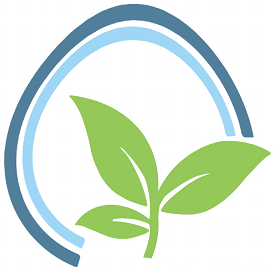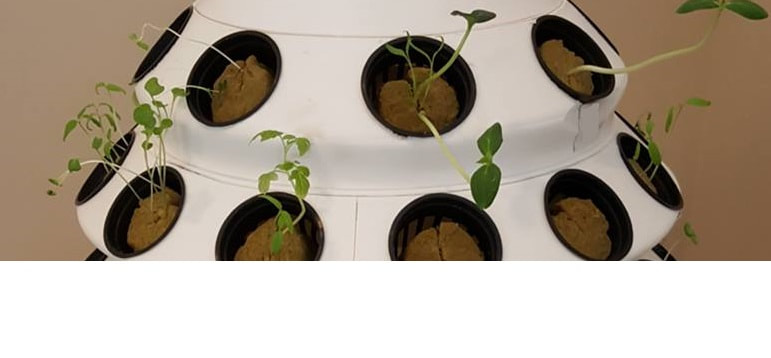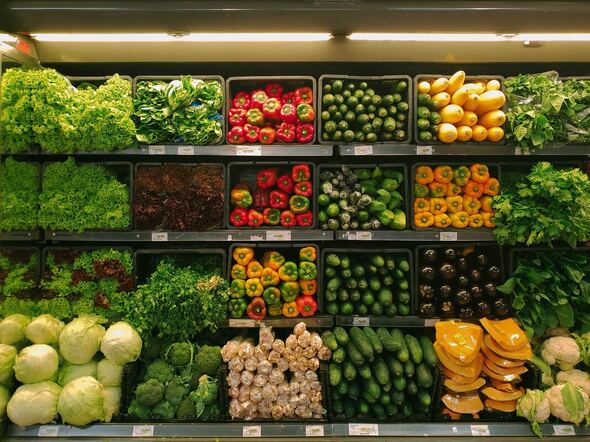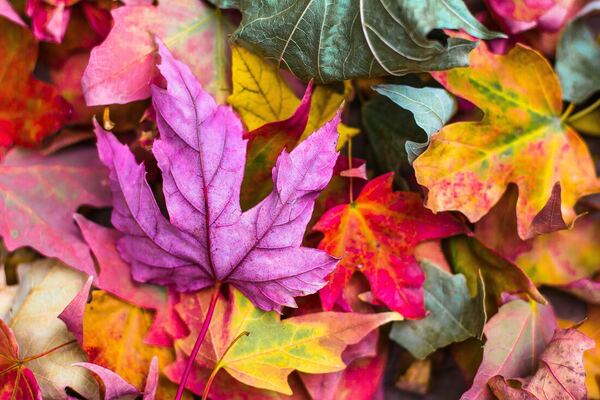|
"All of us — from farmers to manufacturers, from producers to distributors, from stores to homes — need to rethink how we view excess food and change our habits, so that people can benefit and an environmental crisis can be avoided."
According to a 2019 report entitled "The Avoidable Crisis of Food Waste," 58% of all food produced in Canada (35.5 million tonnes) is lost or wasted every year. On top of that, a third of the wasted food could technically be saved and sent to communities in need across the country. The “Dirty Dozen” is an annual list of the top twelve fruits and vegetables that were found to have the highest amount of pesticide residue and chemicals. The list is released by the Environmental Working Group (EWG), a non-profit organization in the United States.
According to EWG’s analysis of test data from the Department of Agriculture, 70% of the fruits and vegetables sold in the US contain pesticide residues. Before the test, all of the produce is washed and peeled so it is as ‘clean’ as it can be. Here are the cleanest and dirtiest food of 2019: Gardening isn’t just a spring activity. Here are some plants that you can grow at home this fall season with the Egg Garden.
|




 RSS Feed
RSS Feed